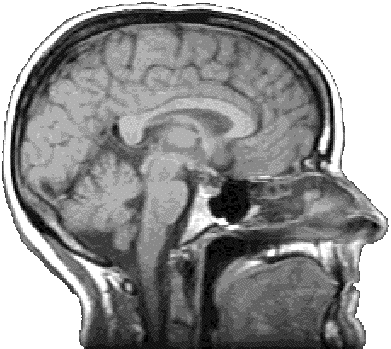
|
Project Overview
- Neuro-prosthetic is brain-computer interface to decode brain signals to assist patients with disabilities
- Application to use brain-derived signals to assist paraplegic patients to
move by volitional control signals recorded from the
brain
Rationale
- Paralyzed patients will be able to move a wheelchair
based on decoded brain signals from the motor cortex
Research Objectives
- Use non-invasive optical imaging to decode movement-related brain signals from motor cortex
- Use EEG to decode movement-related brain signals from motor cortex
- Use multi-sensors to derive intentional movement to drive wheelchair/robot to assist patients
Specific Goals
- Decode oxy- and dexoxy-hemoglobin signals derived from near-infrared optical brain signals
- Decode intentional movement directions from EEG signals
- Interface between brain-derived movement signals and navigational robotic/wheelchair control
The Challenge
- How are movement directions represented by the optical signals recorded in the motor cortex?
- How to decode the optical signals from multiple optodes that represent movement direction?
- How to decode the EEG signals from multiple electrodes that represent movement direction?
|
